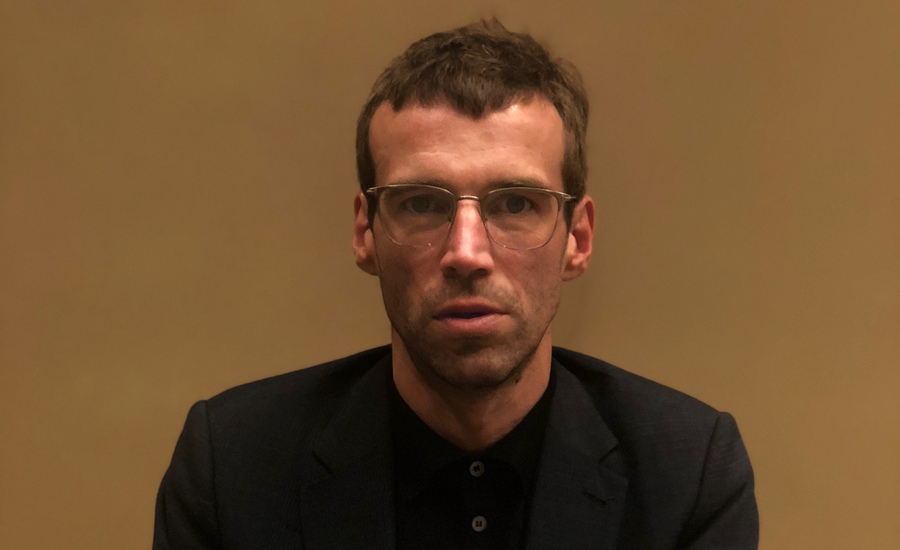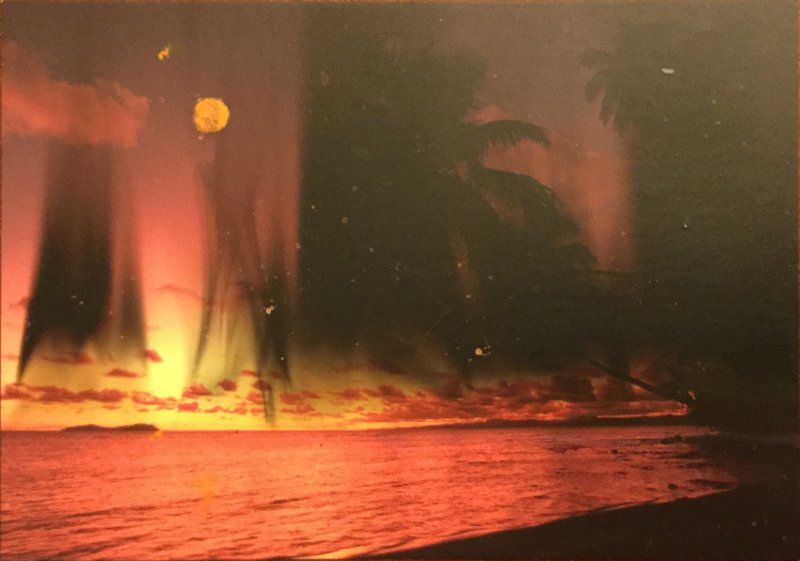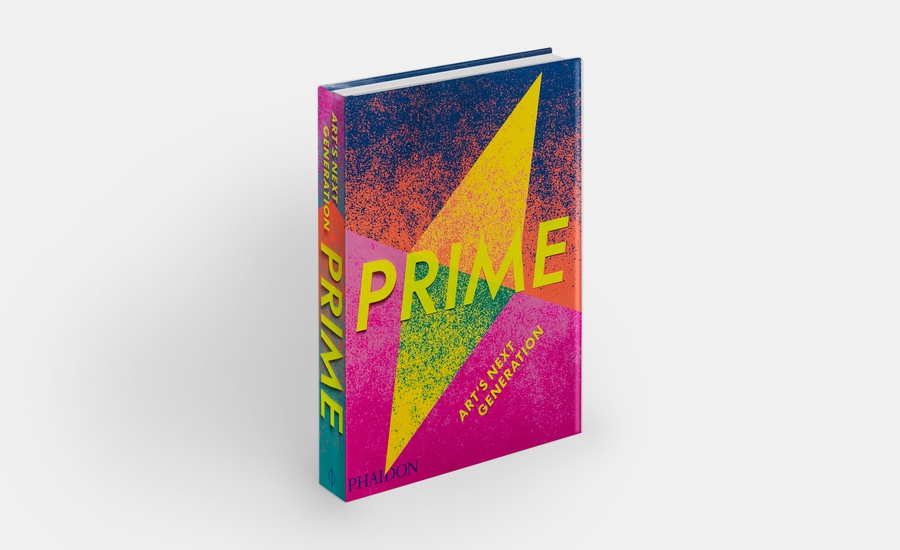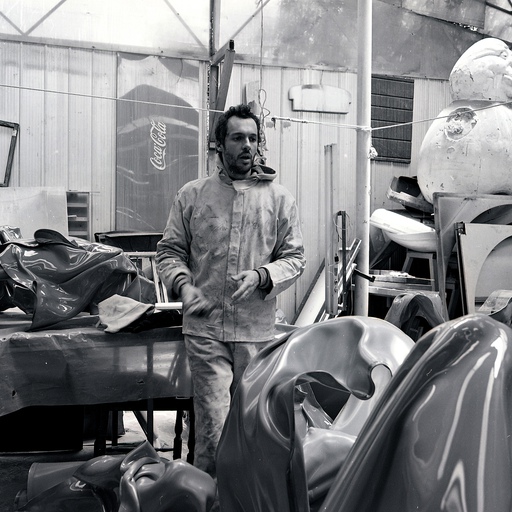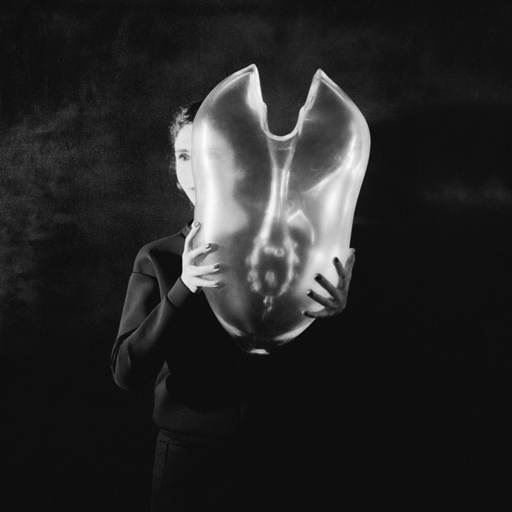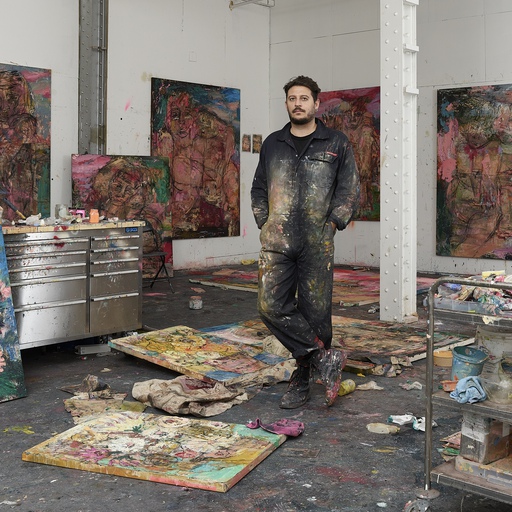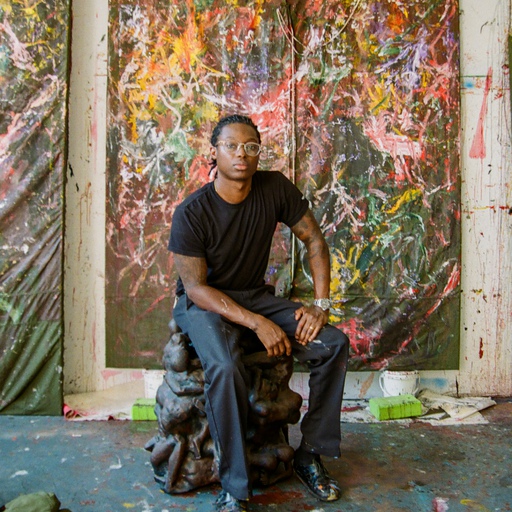Natural subjects in unnatural colors: Harold Ancart ’s brightly hued paintings dwell on single motifs often approached in series, writes Henry Little in Phaidon’s new book Prime: Art’s Next Generation . "Fires, icebergs, plants, trees, sunsets—all warrant continual and methodical reassessment with the artist’s favored medium of oil stick on canvas. Though he is best known for these large-scale paintings, Ancart remains partial to other media too, having made small watercolors, cast-concrete sculptures, and a mural on one of New York’s ubiquitous handball courts. Hallmarks of the artist’s style crystallized around 2014 with a road trip across the United States, which prompted an engagement with the American Sublime, manifested in deep horizons, flora and fauna, and forms inspired by vast natural beauty.
Ancart’s objects and scenes are chosen without deference to narrative content, symbolic association, or pictorial illusion. Instead, in the painterly handling of his medium, they become vehicles for producing images in varying color configurations. In paintings of icebergs, the horizon line sits authoritatively as an unmoving constant, while the sea might be fire-extinguisher red, pearly turquoise, or dead, matte black. Skies change too—mustard yellow, baby pink, beige—as if seen through shifting color filters.
Ancart’s painting process and aesthetic have their roots in European and American modernism, embracing the objecthood of paint and canvas. The inherent psychedelia of Untitled (2016), with the sun dangling above a picturesque seascape, likewise owes as much to Fauvism and its “wild,” antinaturalistic hues as to Surrealism and Max Ernst’s richly colored paintings of still lifes and distant suns. Equally important is the serial repetition of Minimalism or Pop, with Ancart’s favored motifs conjugated in mutating color combinations.
HAROLD ANCART - Tomorrow , 2013
Flickering flames appear throughout many of the artist’s paintings. Color is rendered in flat fields with clear outlines. Shapes overlap, but space does not necessarily recede into the picture plane. Sparks flicker and fizz above the fire in pinks, purples, blues, whites, and greens. Ancart often picks subjects known to spur meditation and lure human attention—fires, landscapes, sunsets, still lifes—yet he is also known for abdicating authorial meaning, resisting overt attempts to psychoanalyze his luminous scenes." - Henry Little.
Ancart is one of over a hundred contemporary artists to be featured in Prime: Art's Next Generation , Phaidon's new survey of promising contemporary artists. We asked him a few questions about his life and art. When you've read the story take a look at Ancart's artist page on Artspace.
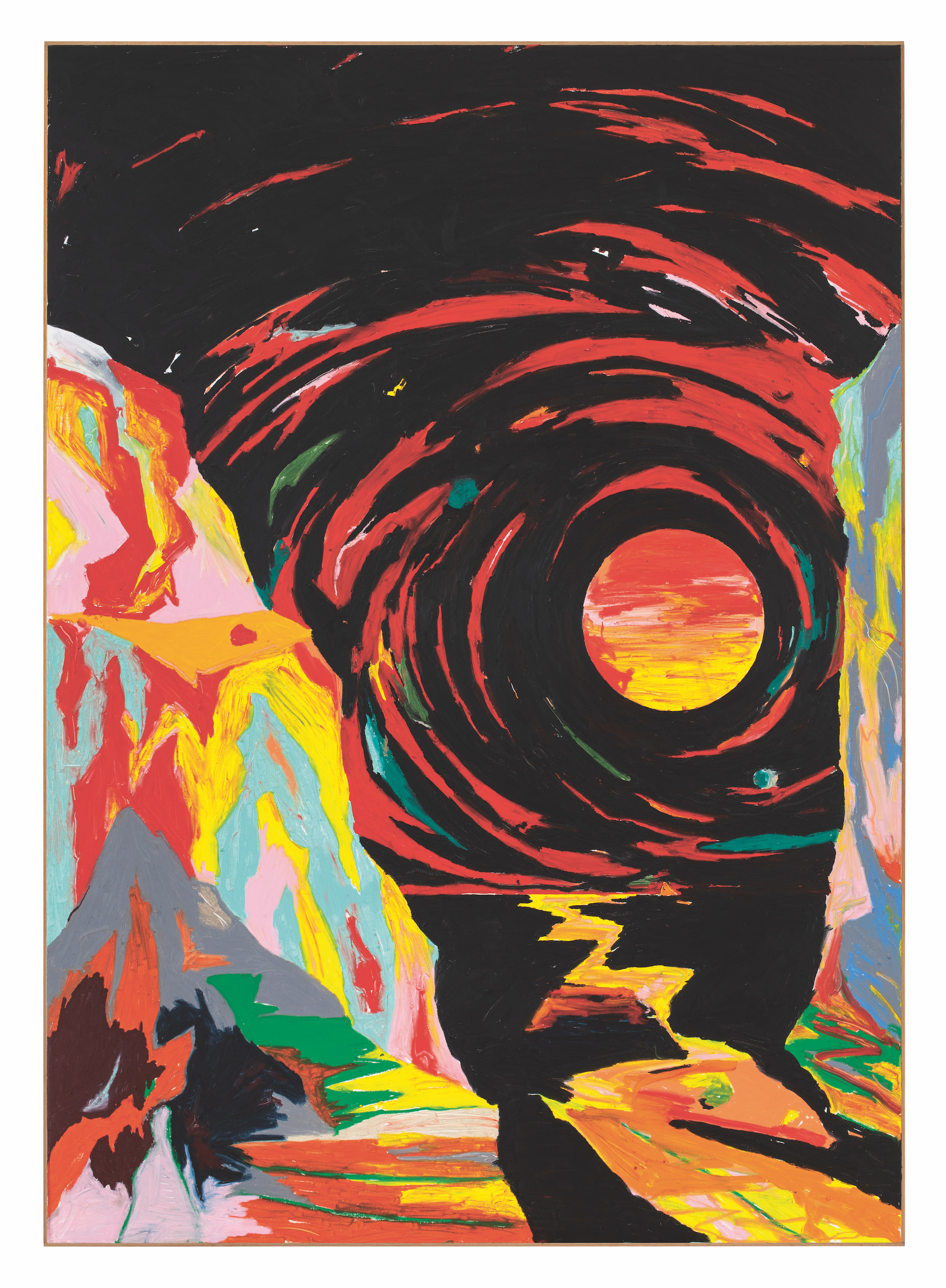
Harold Ancart – Untitled , 2016. Oil stick and pencil on canvas in artist’s frame, 113 x 81 in. (287 x 205.7 cm). Collection Musée d’Art Moderne de Paris, France. © the artist / Courtesy CLEARING New York / Brussels, and David Zwirner. Photo: JSP Art Photograph
How would you describe what you do? Paintings, sculptures, exhibitions.
What’s the most exciting thing about where you are in your career right now? The Whitney Biennial.
What’s on your mind right now? Constellation of things knowing that I can only do one at a time…
How do you get this stuff out? Nonchalantly.
How does it fit together? Naturally.
What do you think categorizes your artistic generation? Freedom.
What do you think of when you think of the word 'prime'? Ribs?
What is a typical working day for you? They are all different.
What are the hardest things for you to get ‘right’ and what are your unique challenges? Myself.
In an Instagram age do art books still matter to artists? More than ever.
To see more of Ancart's work, and that of the art world's most gifted next generation, order a copy of Prime: Art's Next Generation here .











